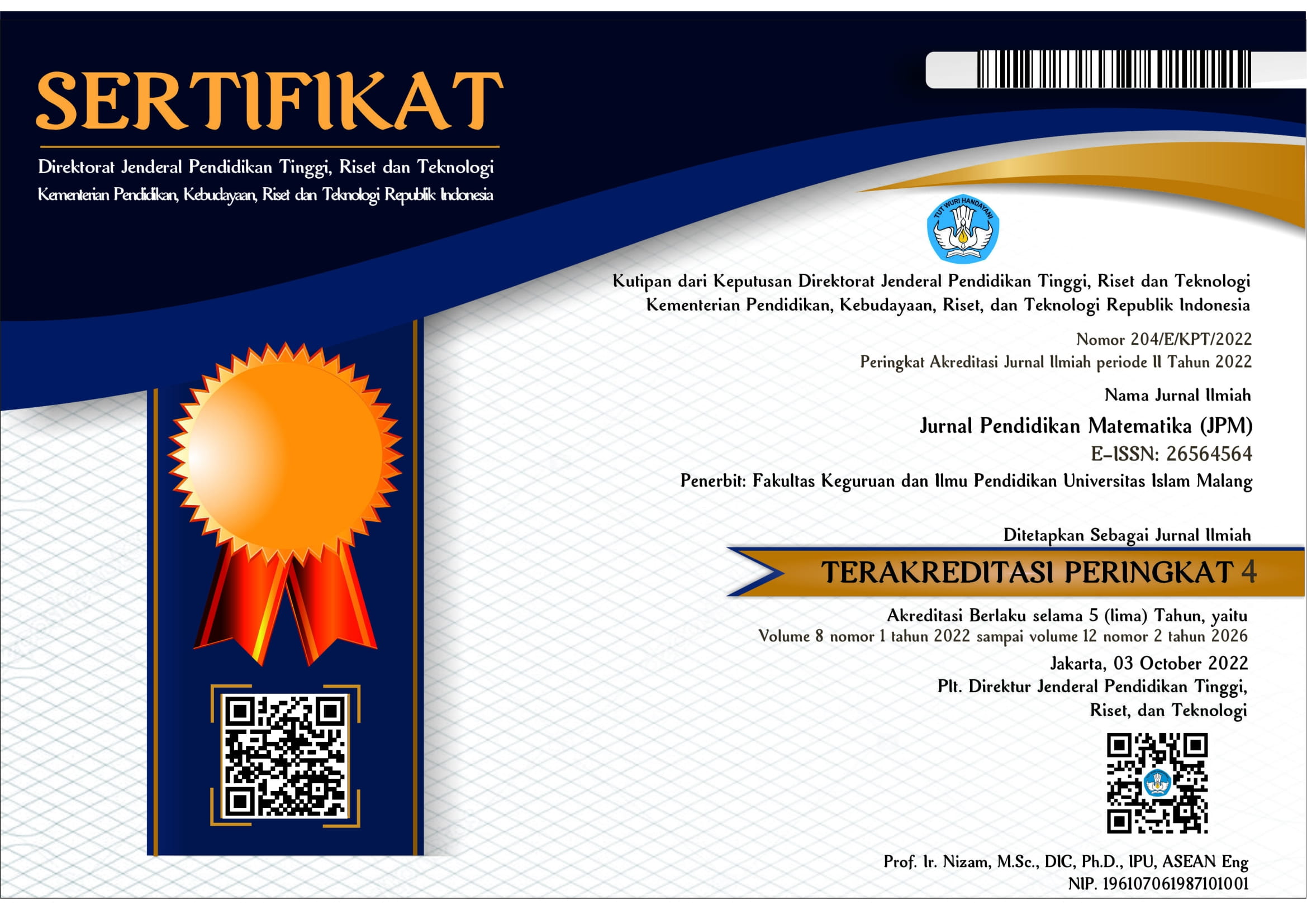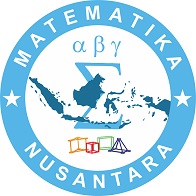PENGEMBANGAN E-MODULE KALKULUS I SEBAGAI PANDUAN MAHASISWA UNTUK MENGOPTIMALKAN INDIVIDUAL LEARNING
DOI:
https://doi.org/10.33474/jpm.v1i2.820Keywords:
E-Module, Kalkulus I, Individual LearningAbstract
The purpose of this study is to arrange the e-module of Calculus I as a student guidance in optimizing individual learning. The method used here is a development research method. The model applied in this research is Four-D which includes stages of define, design, develop, and disseminate. The development results according to Four-D model are as follows: in the Define stage, it is known that the results of the analysis to the needs of student and lecturer shows that most of the students have difficulties in learning Calculus I because the lecturer uses a text book. In the text book, the concept is presented abstractly that makes the students difficult to understand. Hence, it is necessary to develop teaching materials which are easier to understand by the students, one of them is e-module. In the Design stage, the initial draft of e-module of Calculus I is designed which includes introduction (there are preface, instructions in using e-module, material descriptions, prerequisites, and learning objectives), the material and examples, exercises, summary, competency tests (in interactive way), the solutions, feedbacks, and a list of references. The Develop stage is where the prototype of e-module is created and it means the e-module is established. Then, initial trials related to the content of e-module are performed through the assistances from the expert and the lecturer of Calculus I. The appraisements of both the expert and the lecturer explain that the e-module is valid, so that the content of the e-module of Calculus I in this study is proper to be established.References
Departemen Pendidikan Nasional. 2008. Penulisan Modul. Jakarta: Direktorat Tenaga Kependidikan Direktorat Jenderal Peningkatan Mutu Pendiidkan dan Tenaga Kependidikan Depdiknas.
Hamdani. 2011. Strategi Belajar Mengajar. Bandung: CV. Pustaka Setia
Harsono, Dwiyanto D. 2005. Pembelajaran Berpusat Mahasiswa. Yogyakarta: Pusat Pengembangan Pendidikan Universitas Gadjah Mada, Aditya Media.
Crockett , M.,and Foster, J. 2005., Paket Bahan Pelatihan bagi Instruktur, http://www.ica-sae.org/trainer/indonesian/p14.htm, diakses pada tanggal 5 Agustus 2015.
Marquard, M. J. 1996. Building the Learning Organization – a Systems Approach to Quantum Improvement and Global Success. New York: McGraw-Hill.
Munir, 2008. Kurikulum Berbasis Teknologi Informasi dan Komunikasi. Bandung: Alfabeta.
Muntasir, S. 1995. Pengajaran Terprogram: Teknologi Pendidikan dengan Pengandalan Tutor. Jakarta: PT Rajawali.
Mulyanta dan Leong, Marlon. 2009. Tutorial Membangun Multimedia Interaktif Media Pembelajaran. Yogyakarta: Universitas Atma Jaya.
Nurohman, Sabar. (2011). Pengembangan Modul Elektronik Berbahasa Inggris Menggunakan ADDIE-Model Sebagai Alat Bantu Pembelajaran Berbasis Student-Centered Learning pada Kelas Bertaraf Internasional. Makalah disajikan dalam rangka Seminar Nasional, Fakultas MIPA Universitas Negeri Yogyakarta, Jogjakarta, 14 Mei 2011.
Priyatmojo, Achmadi., dkk. 2010. Buku Panduan Pelaksanaan Student Centered Learning (SCL) dan Student Teacher Aesthethic Role-Sharing (STAR). Yogyakarta: Pusat Pengembangan Pendidikan Universitas Gadjah Mada
Santyasa, I W. 2009. Metode Penelitian Pengembangan dan Teori Pengembangan Modul. Makalah disajikan dalam pelatihan bagi para pendidik TK, SD, SMP, SMA, dan SMK tanggal 12-14 januari 2009, di kecamatan Nusa Penida Kabupaten Klungkung.
Seels, B.B. & Richey, E.C. 1994. Instructional Technology: The Definition and Domains of The Field. Washington DC: AECT.
Setyosari, Punaji. 2013. Metode Penelitian Pendidikan & Pengembangan. Jakarta: Kencana Prenada Media Group.
Sugiyono. 2010. Metode Penelitian Pendidikan Pendekatan Kuantitatif, Kualitatif, dan R & D. Bandung: Alfabeta.
Thiagarajan,S. Semmel, D.S. Semmel, M.I. 1974. Instructional Development for Training Teacher of Exceptional Children. Blomington: Indiana University.
Warsita, Bambang. 2008. Teknologi Pembelajaran Landasan dan Aplikasinya. Jakarta: Rineka Cipta
Wena, Made. 2012. Strategi Pembelajaran Inovatif Kontemporer. Jakarta: Bumi Aksara.





_-_Copy.jpg)
.jpg)
.jpg)










